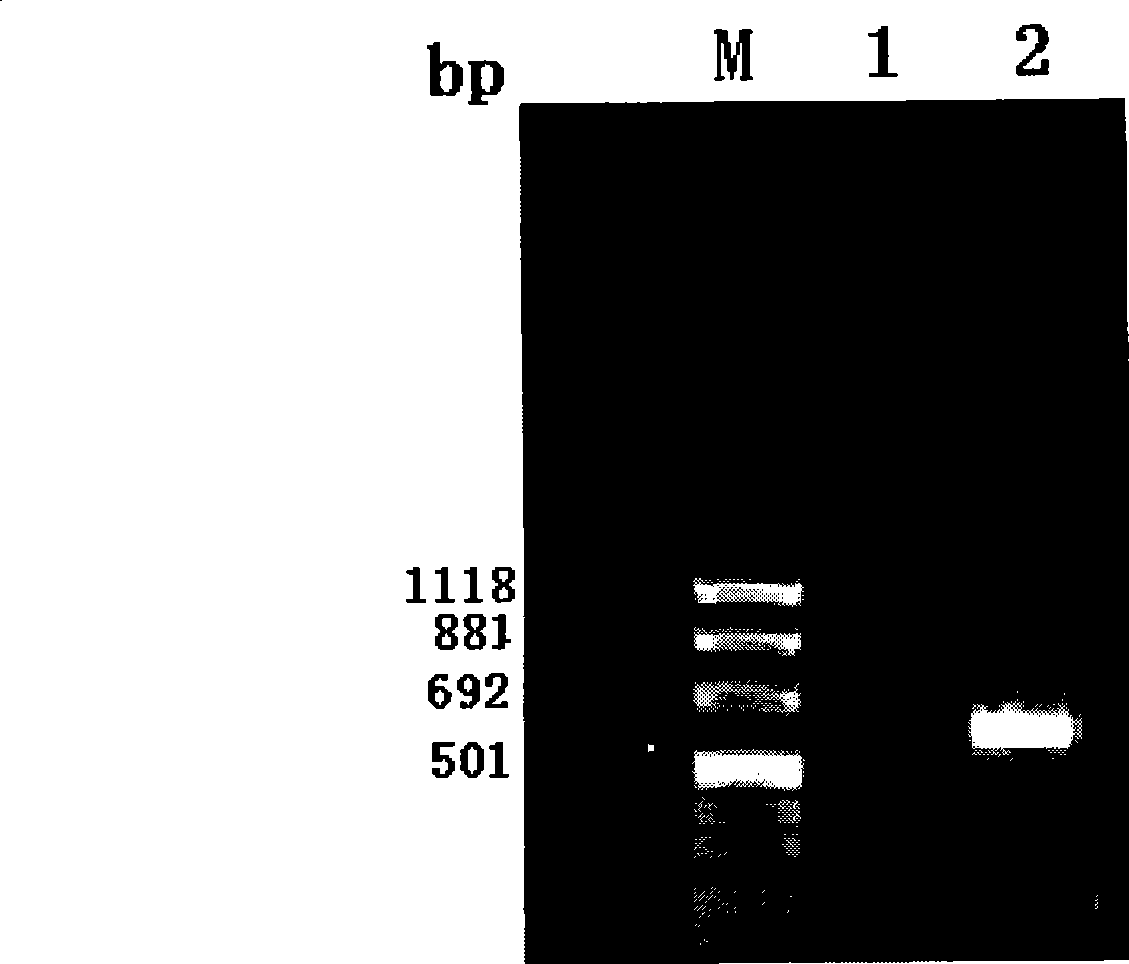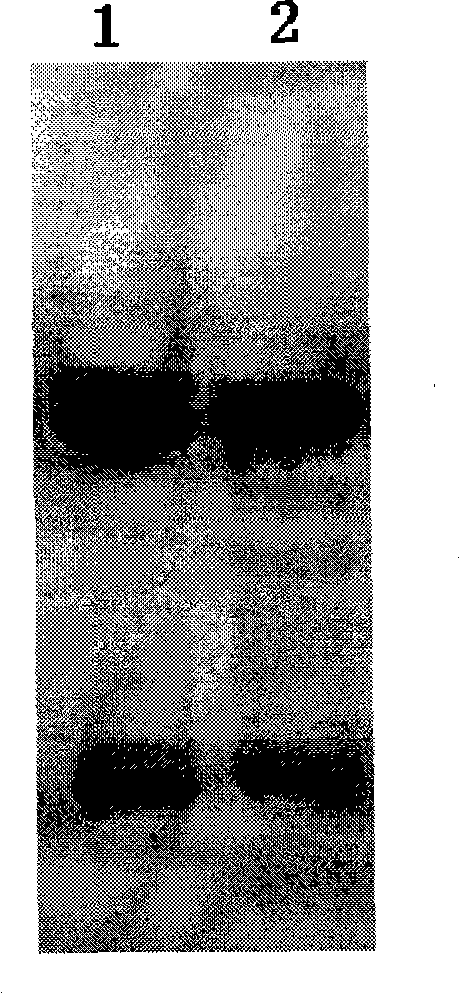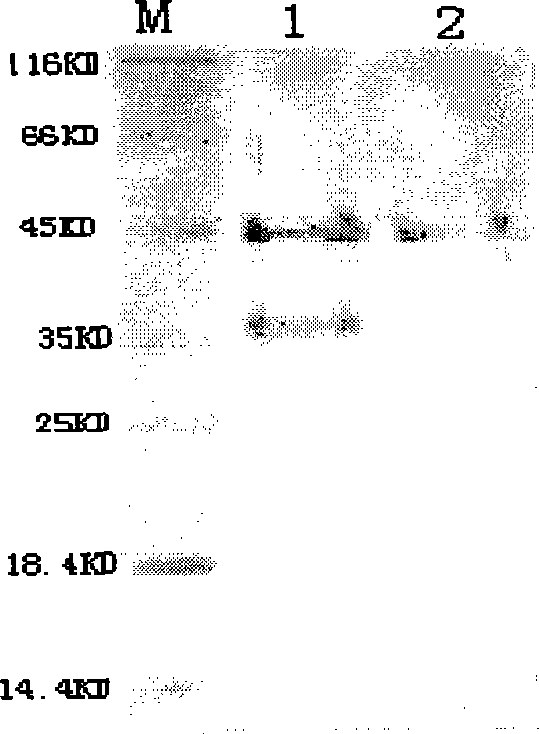Hepatitis C virus antigen-antibody combined detection method
A hepatitis C virus, antigen antibody technology, applied in the direction of measuring devices, instruments, scientific instruments, etc., can solve the problems of high false positives, application limitations, shortened window period of HCV infection, etc., and achieve the effect of avoiding mutual combination and simple operation
- Summary
- Abstract
- Description
- Claims
- Application Information
AI Technical Summary
Problems solved by technology
Method used
Image
Examples
Embodiment 1
[0034] Example 1: Combined detection of hepatitis C antigen and antibody
[0035] 1. Preparation of HCV core recombinant antigen
[0036] 1. Select HCV core epitope epitope
[0037] Analyzed the amino acid sequences of different subtypes of HCV core antigens, and analyzed the antigenicity, hydrophilicity, and antigenic epitopes of HCV-cAg with the Macvector program, selected the antigenic sites with conserved sequences and strong antigenicity, and determined 2 different antigens Determinant amino acid (AA) sequence, as shown in Table 1:
[0038] Table 1 The epitope sequences of four different HCV subtypes
[0039]
[0040] 2. Cloning and expression of HCV core recombinant antigen
[0041] Select the 2-160 amino acid sequence for recombinant cloning and expression, and the source of the gene expressed with pBVIL1 is shown in Table 2:
[0042] Table 2 Sources of genes expressed in pBVIL1 plasmids
[0043]
[0044] The primers used to amplify the gene all contain enzym...
PUM
 Login to View More
Login to View More Abstract
Description
Claims
Application Information
 Login to View More
Login to View More - R&D
- Intellectual Property
- Life Sciences
- Materials
- Tech Scout
- Unparalleled Data Quality
- Higher Quality Content
- 60% Fewer Hallucinations
Browse by: Latest US Patents, China's latest patents, Technical Efficacy Thesaurus, Application Domain, Technology Topic, Popular Technical Reports.
© 2025 PatSnap. All rights reserved.Legal|Privacy policy|Modern Slavery Act Transparency Statement|Sitemap|About US| Contact US: help@patsnap.com



